 In a world where playing music or watching videos on-demand is the standard, downloading torrents can seem quite cumbersome.
In a world where playing music or watching videos on-demand is the standard, downloading torrents can seem quite cumbersome.
This is particularly true for people who are new to file-sharing. Why would I install software to download a small file that then downloads a larger file, you hear them think.
The hesitation is understandable and the good news is that there are many ways to download torrents in a regular web browser. We already addressed this topic thirteen! years ago. But, since all the older options are now defunct, we'll revisit the topic once more.
Below are some of the browser torrenting options that work in 2020, each with a small description and a list of pros and cons.
1. WebTorrent
For the name alone we have to start with WebTorrent, which was specifically created to integrate BitTorrent with the browser. The technology impressed Netflix and there are dozens of projects that use the code to make it easy for people to share files in a browser. WebTorrent's Instant.io is a good example of a basic client.
Another more feature-rich WebTorrent client is βTorrent, which also operates its own tracker. This web client allows people to select files, set download priorities, or seed files to share with others.
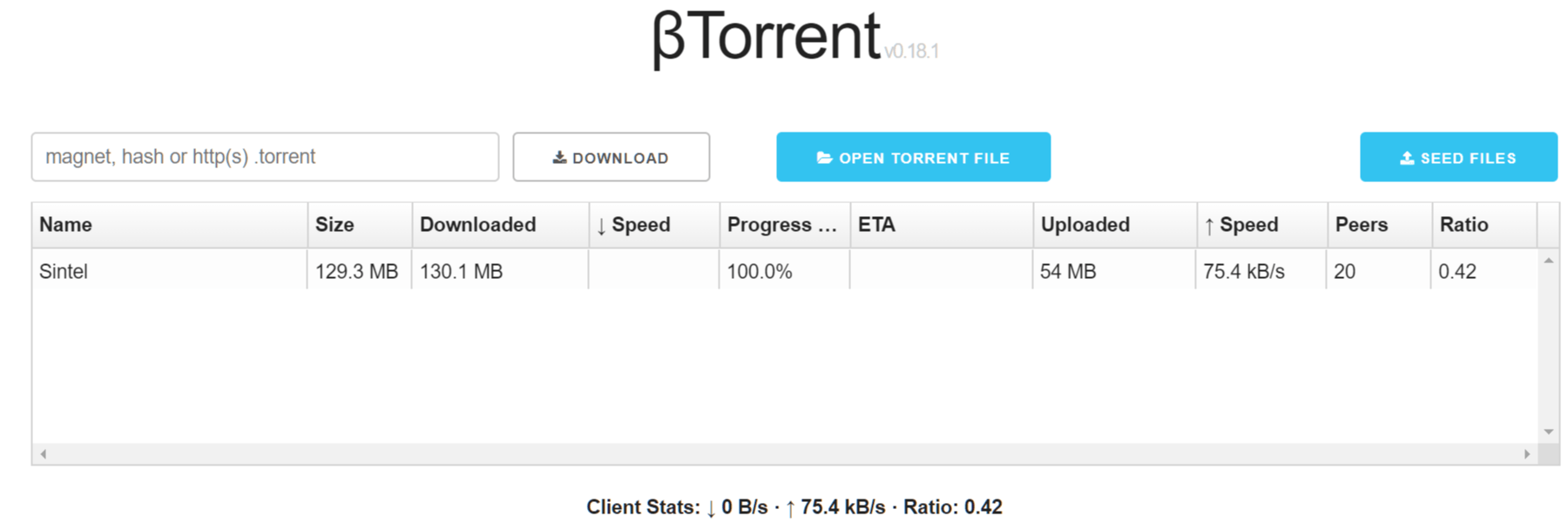
Pros: It works anywhere, without the need to install separate software or to register an account.
Cons: WebTorrent relies on WebRTC, which has to be supported and enabled in the browser. Also, since communication between peers relies on WebRTC it can't communicate with standard clients by default.
2. uTorrent and BitTorrent Web
For more than a decade, uTorrent and BitTorrent were standalone applications with no connection to the browser. That changed recently. Parent company BitTorrent Inc. is now pushing the browser versions of these clients, which come with all the features one would expect from a standalone client.
Like many other browser solutions, they allow users to stream torrents directly in the browser too. When enough people are sharing a file and there is plenty of bandwidth available, videos can be streamed near enough instantly.
uTorrent Web 
Pros: Well-known brands with all the features most people desire in a torrent client. Quick to connect to other clients.
Cons: You have to install a separate application. The interface promotes "trending videos" from Ddlive.tv.
3. Seedr
Seedr's tagline is "get stuff instantly." It is a browser-based service where you can add torrents which will then be downloaded through Seedr's servers. This means that other downloaders won't see your IP-address, making the process more anonymous. And if the file has already been downloaded by someone else, it will show up instantly.
When a download is finished at Seedr's end you can download the files to your computer, stream them directly in the browser, or cast to your TV via Chromecast or Airplay. The service works in any browser without having to install a separate application. Users will first have to register, however, and the free tier is limited to 3GB in storage.
Seedr 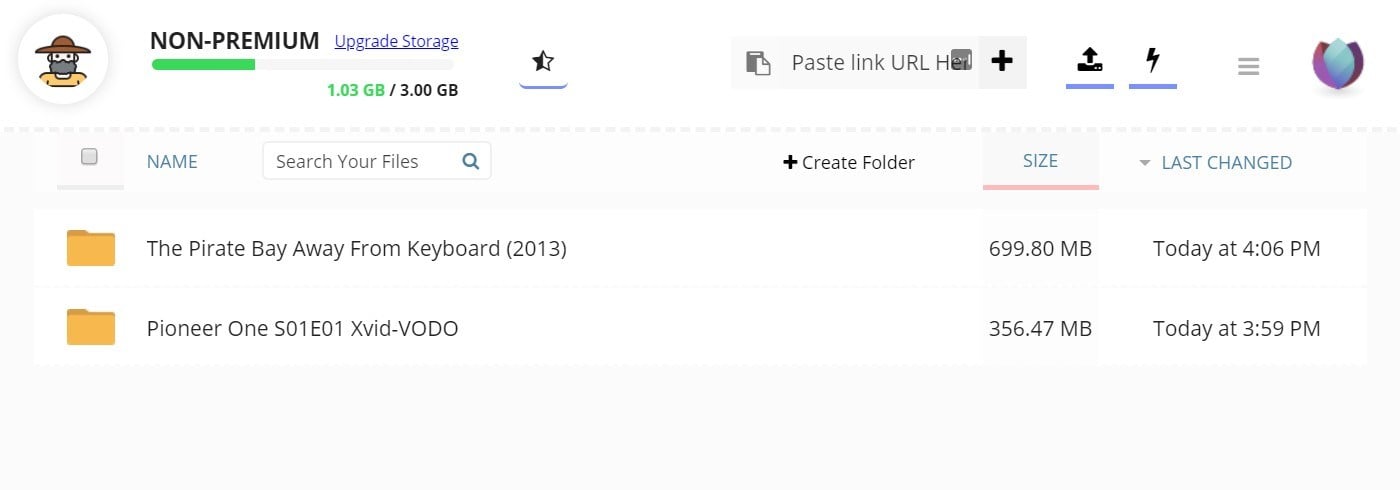
Pros: Fast, downloads anywhere, and more anonymity than regular torrent clients.
Cons: It requires an account and the free plan comes with limitations.
4. Cloud downloaders
Seedr introduces us to a vast array of cloud downloading services. Put.io, for example, which has been around for over a decade. In addition to torrents, it also supports downloading from YouTube, while it integrates with many other services and apps including Chromecast, Roku, iOS, and Kodi.
Other Cloud downloaders such as Premiumize.me go a step further, allowing people to download much more than just torrents. This premium service also supports Usenet downloads and can grab files from several file-hosting services. Like other cloud downloaders, it integrates with many apps, services, and devices.
Put.io 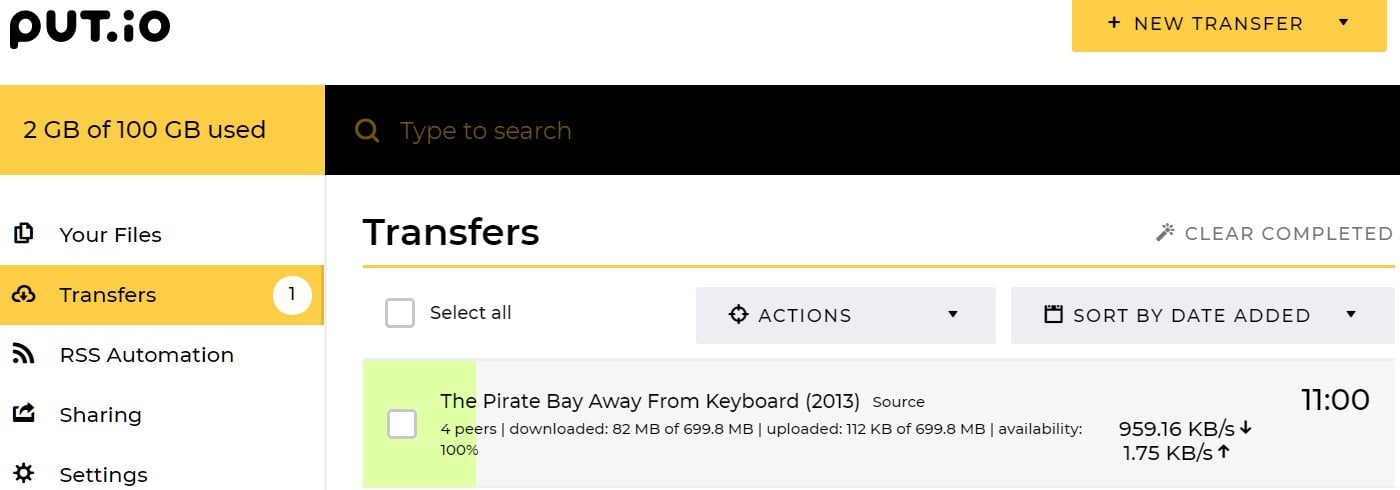
Pros: Fast, nothing to install, relatively anonymous.
Cons: No free options and an account is required.
Brave
When we first addressed this topic in 2007, Opera was one of our top suggestions. It was far ahead of its time when it first supported torrent downloads. Interestingly, torrent support was dropped around 2013, pretty much out of nowhere.
Luckily, there's a good browser that still allows users to download torrents natively. The Brave browser, which also blocks trackers and intrusive ads, has a private browsing mode that relays your traffic through Tor. This is certainly the most convenient option of all if you already use it.
Brave 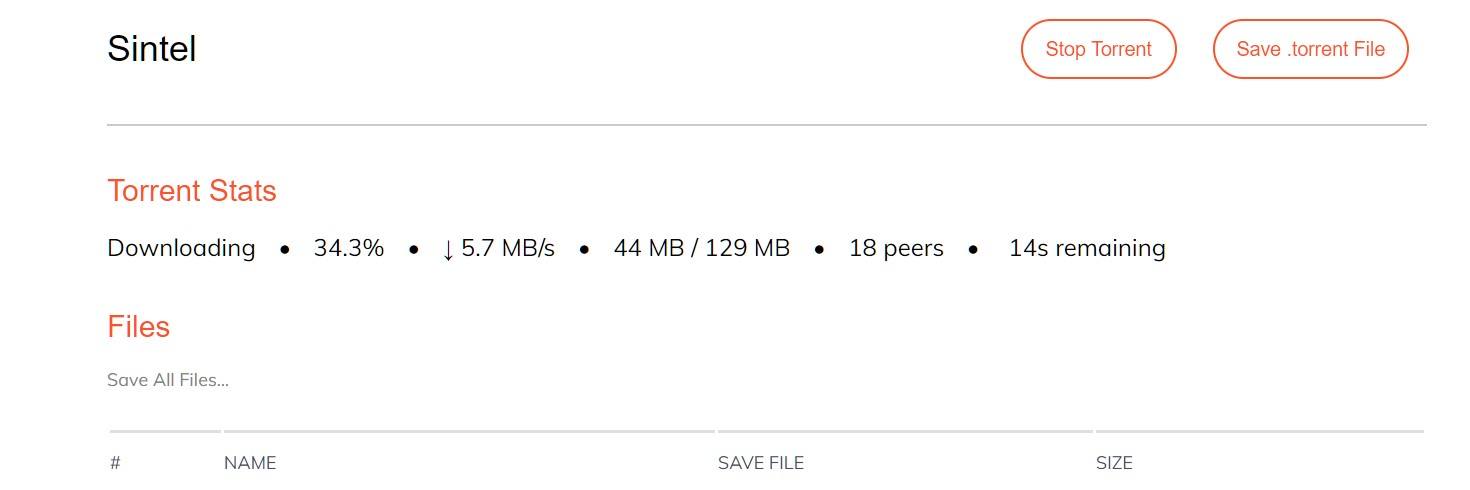
Pros: It works out of the box, is free, and doesn't require an account.
Cons: You will possibly have to install another browser. Controls and features are very limited.
Extensions and Addons
Browser extensions and addons to download torrents were very popular early on. Today, it's hard to find a good and stable one. However, that doesn't mean that there aren't any helpful extensions out there. Torrent Control, for example.
Torrent control allows people to easily add files to your torrent client, without having to use the application. This works with all clients that have a remote interface, including uTorrent, Transmission, BiglyBT and BitTorrent. This also allows you to add torrents remotely, from work, school, or on the road.
There are similar add-ons available for other browsers as well, including Chrome, which offers .torrent to Transmission and the Easy uTorrent addon.
Torrent Control 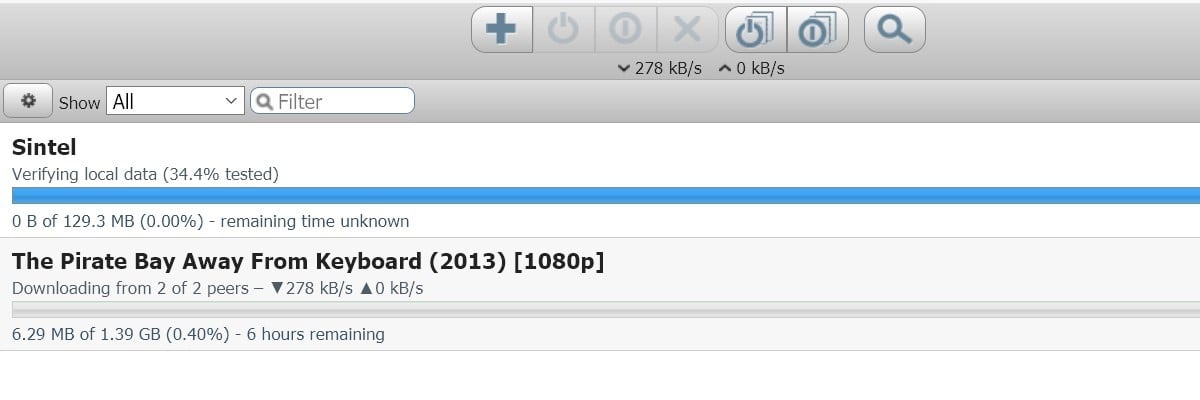
Pros: It can be quick and simple. Allows for remote downloading.
Cons: Not all extensions are regularly updated. Remote downloading still requires a torrent client.
—
That it's. There are plenty of options available for people to use a browser to download torrents. What's right for you mostly depends on how you plan to consume content. We'll take another good look at the available options in 2033.
From: TF, for the latest news on copyright battles, torrent sites and more. We also help you to find the best anonymous VPN.
No comments:
Post a Comment